
We use cookies and similar technologies that are necessary to operate the website. Additional cookies are used to perform analysis of website usage. please read our Privacy Policy
Lessons from Top Minimum Viable Product Examples: MVP Magic
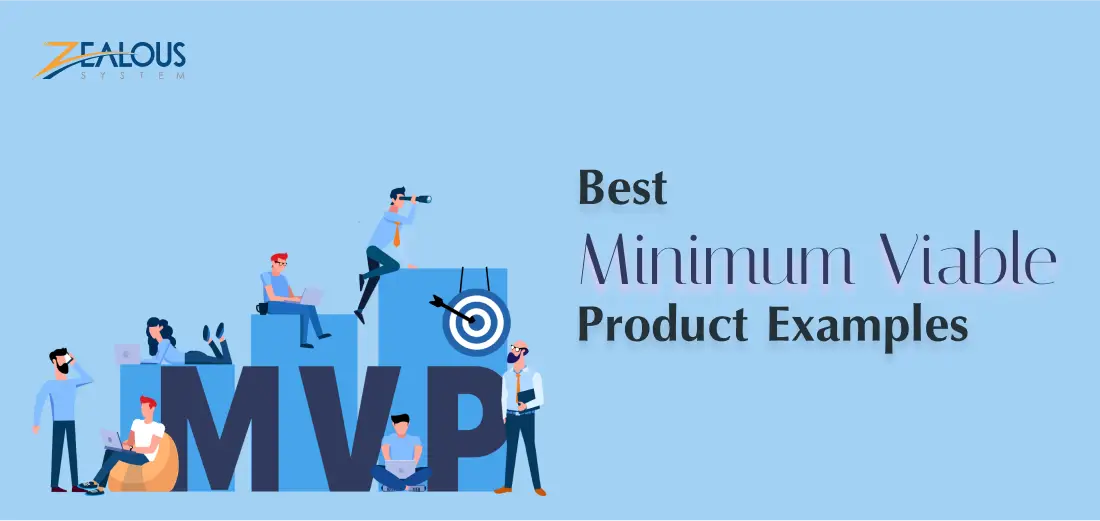
The startup world is a crucible of innovation, where ideas bubble and boil, tested against the scorching heat of reality. But bringing an idea to life requires fuel, and that fuel is often scarce, especially in the early stages. Enter the Minimum Viable Product (MVP), a lean, mean machine designed to validate your concept with minimal resources. It’s the bridge between a dream and a product, a stepping stone to a thriving business.
An MVP isn’t about bells and whistles; it’s about validating your core idea with a stripped-down version of your product, gathering real-world user feedback, and iterating swiftly. Forget grand launches – think scrappy prototypes and quick feedback loops.
But MVPs aren’t just theoretical concepts; they’re the backbone of countless success stories. Today, we’ll dive into the inspiring journeys of some real-world MVPs, each showcasing the power of starting small and learning fast.
What is an MVP?
An MVP is the bare-bones version of your product, stripped down to its core functionality. It’s not about bells and whistles, but about delivering the essential value proposition to your target audience as quickly and cheaply as possible. It’s like sending a scout into uncharted territory, gathering valuable feedback before committing to a full-scale expedition.
10 Real-Life MVP Examples that Conquered the World:
1. Dropbox: Share Files with a Digital Shoebox:
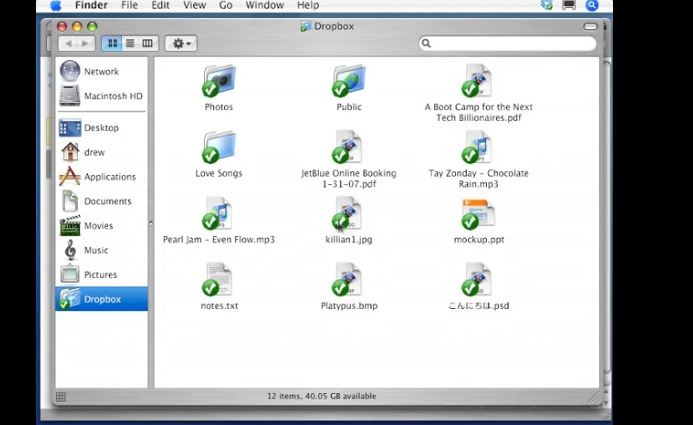
Forget bulky USB drives and unreliable email attachments. In 2008, Drew Houston’s “Dropbox” launched with just a simple video demo and a broken public beta. The core functionality – online file storage and syncing – resonated with users, allowing them to share files effortlessly. Dropbox quickly pivoted based on user feedback, adding features like selective syncing and file sharing, and went on to become a cloud storage giant.
2. Airbnb: From Air Mattresses to a Multi-Billion Dollar Empire:
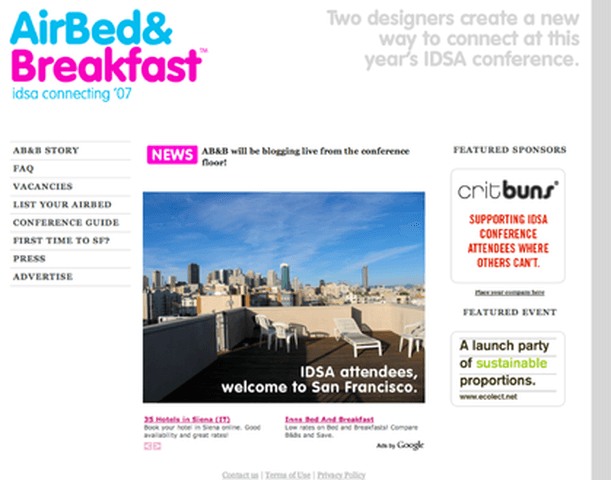
It all started with three air mattresses on Brian Chesky and Joe Gebbia’s living room floor, marketed to attendees of a design conference facing hotel shortages. This website-cum-photo-hosting platform was the ultimate “landing page MVP,” validating the demand for affordable, alternative lodging. Today, Airbnb boasts over 7 million listings worldwide, proving that sometimes, the simplest solution is the most revolutionary.
3. Uber: Taxis, But in Your Phone:
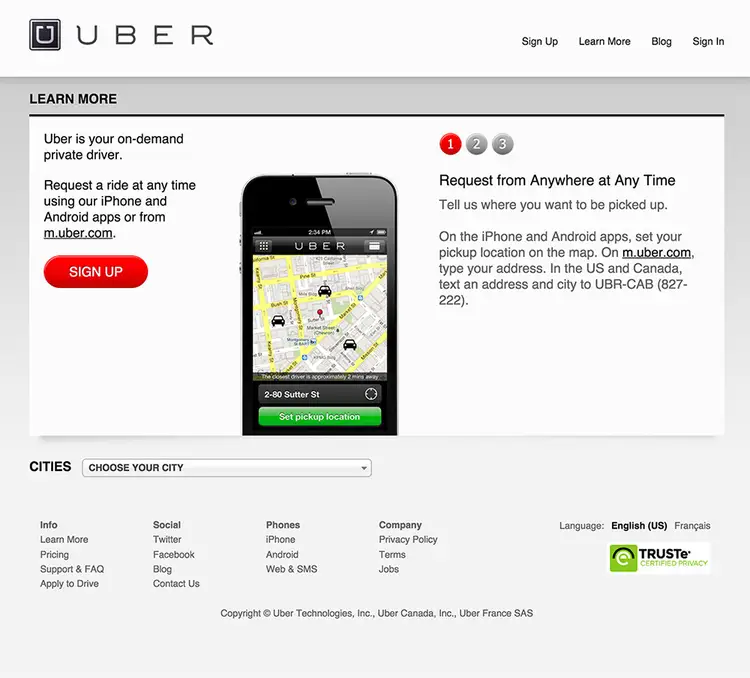
Remember requesting a cab by hailing one on the street? In 2009, Uber’s “Ubercab” app, available only on iPhones and limited to San Francisco, changed the game. This basic GPS-enabled ride-hailing service focused on the core problem – connecting passengers with drivers – and let user feedback guide its evolution. Now, Uber operates in over 700 cities, redefining urban transportation.
4. Zappos: Virtual Shoe Shopping Before It Was Cool:
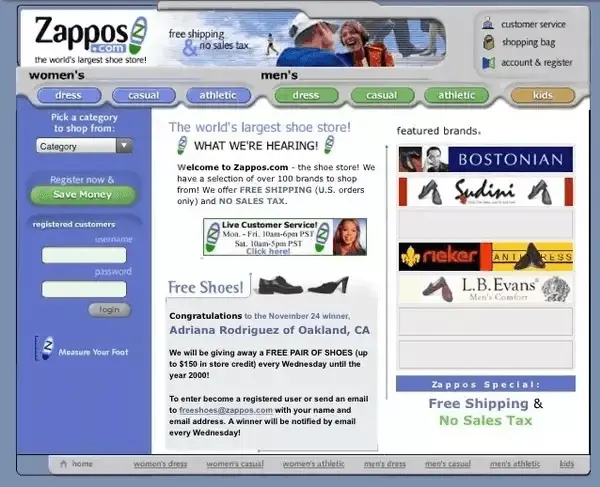
In 1999, Nick Swinmurn wanted to test an audacious idea: selling shoes online. But instead of building a full-fledged e-commerce platform, he started with “Zappos,” a website showcasing photos of actual shoes from a local store. It was a “Wizard of Oz” MVP – the website looked like a real shoe store, but orders were manually fulfilled by the physical store. The success proved the demand, and Zappos later pivoted to its own inventory, becoming a leader in online shoe retail.
5. Facebook: From Dorm Room to Connecting the World:

Mark Zuckerberg’s “thefacebook” started in his Harvard dorm room in 2004. It was a simple, internal directory of student profiles, focusing on the core need for connection within the university community. With rapid user adoption and expansion to other universities, Facebook quickly evolved into a global phenomenon, forever changing the way we connect and share information.
6. Slack: Email Killer, Collaboration Hero:
Fed up with the endless email chains, Stewart Butterfield co-founded “Slack” in 2013. Initially, it was just a simple internal chat tool for his previous company, but its real-time communication and channel-based organization resonated deeply. After launching publicly, Slack focused on core features like instant messaging, file sharing, and integrations, and quickly became the go-to communication tool for organizations worldwide.
7. Instagram: A Square Peg in a Round World:
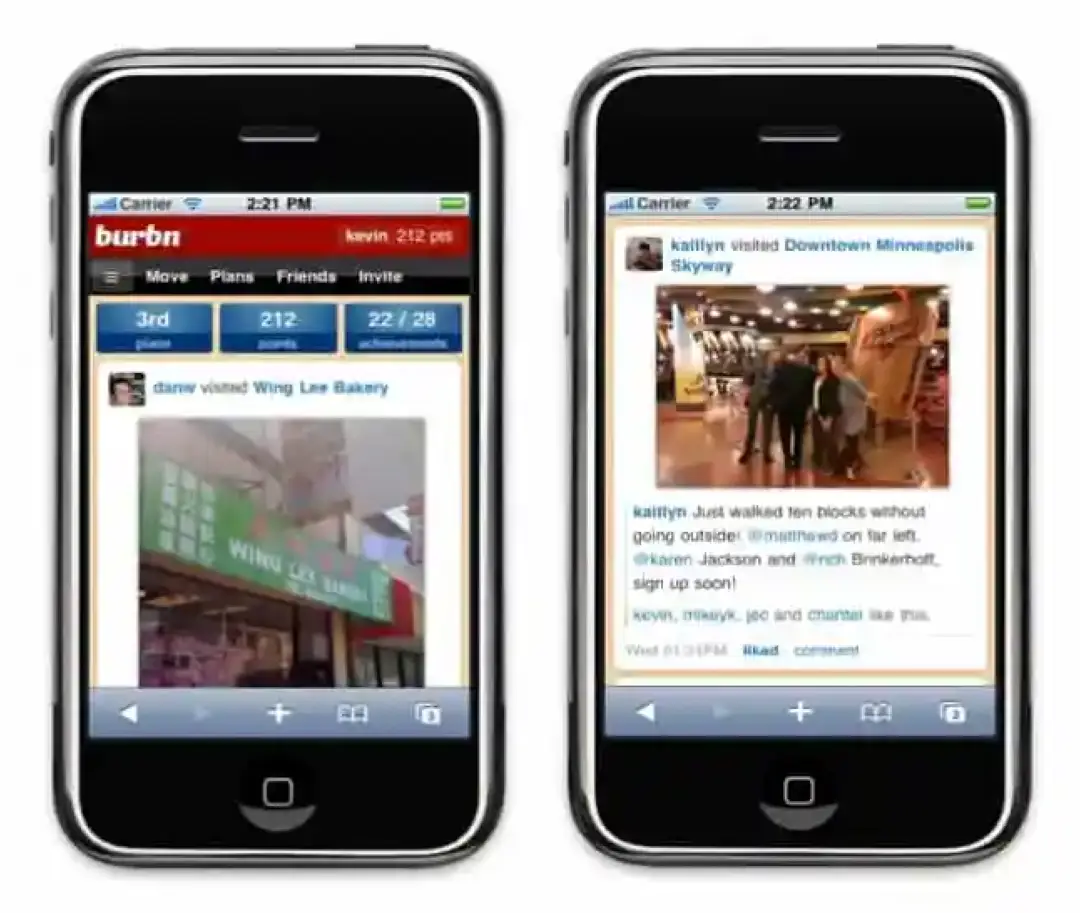
Forget landscape photos. In 2010, Kevin Systrom and Mike Krieger launched “Instagram,” a mobile app focused on square-format photos, inspired by instant cameras. Despite its seemingly limited function, it tapped into the mobile photography surge and the desire for creative self-expression. With features like filters and social sharing, Instagram exploded in popularity, eventually being acquired by Facebook for a staggering $1 billion.
8. Pinterest: From Hobby Boards to Visual Discovery Empire:
Remember clipping magazine pictures to cork boards? In 2010, Ben Silbermann and Evan Sharp launched “Pinterest,” a digital bulletin board for collecting and sharing “pins” – curated images linked to their source websites. This visual discovery platform focused on users’ interests and aspirations, paving the way for a thriving e-commerce ecosystem and inspiring millions of DIY projects.
9. Canva: Graphic Design for Everyone:
Tired of expensive and complex design software? In 2013, Melanie Perkins and Cliff Obrecht decided to democratize design with “Canva.” This online platform offered pre-made templates and drag-and-drop tools, making design accessible even to the non-artistic. Focusing on ease of use and a vast library of templates, Canva became a design powerhouse, used by millions of individuals and businesses around the world.
10. Buffer: Tweet Your Way to Marketing Success
This social media management tool started as a Chrome extension that allowed scheduling tweets for a single account. By focusing on one core pain point, Buffer gained traction and valuable user data, which fueled their development into a comprehensive social media suite.
7 MVP Strategies for Building a Winner: Launch Fast, Learn Faster
So, how do you craft an MVP that becomes the foundation for a winning product? Here are 7 MVP strategies to guide you:
1. Identify Your Core Value Proposition (CVP):
Before building anything, define what makes your product unique. What problem are you solving that nobody else is? This CVP will be the North Star guiding your MVP’s features and functionality. Don’t try to be everything to everyone; focus on providing one core value exceptionally well.
2. Prioritize Ruthlessly:
You have limited resources, time, and energy. Use them wisely. List all the features you could include, then ruthlessly cut down to the absolute bare minimum needed to deliver your CVP. Remember, an MVP is about learning, not perfection. Focus on the core functionalities that validate your hypothesis, not bells and whistles.
3. Design for Feedback:
Your MVP is a conversation starter, not a finished product. Make it easy for users to provide feedback. Implement surveys, in-app feedback forms, and user interviews to gather critical insights. This feedback will inform your future iterations, shaping your product into something users truly love.
4. Embrace the MVP Loop:
Building an MVP isn’t a one-off project. It’s an iterative process of launch, learn, adapt. Get your MVP out there quickly, gather feedback, analyze results, and use those insights to iterate and improve. This continuous cycle of experimentation and refinement is what separates winners from losers.
5. Measure What Matters:
Don’t launch your MVP into the void. Define key metrics that align with your CVP and track them religiously. Are users signing up? Engaging with core features? Providing positive feedback? Use these metrics to understand what’s working and what needs improvement. Data is your compass, guiding you through the iterative process.
6. Be Agile and Lean:
Building a winning product requires agility. Be prepared to pivot, adapt, and change course based on user feedback and changing market conditions. Don’t fall in love with your initial plan; embrace flexibility and be willing to experiment. Think lean, stay nimble, and always be ready to adjust.
7. Celebrate Small Wins:
Building a successful product is a marathon, not a sprint. There will be setbacks, roadblocks, and moments of doubt. But remember, every piece of feedback, every positive metric, every user who finds value in your MVP is a win. Celebrate these milestones, no matter how small, and use them to fuel your motivation and keep moving forward.
Remember, a winning MVP isn’t about building the fanciest features or hitting a million users overnight. It’s about launching quickly, learning rapidly, and iterating relentlessly based on user feedback. By following these 7 strategies, you can turn your lean prototype into a product that not only solves a problem but also captures hearts and minds. So, get out there, build your MVP, and embark on the exciting journey of creating something truly remarkable.
Conclusion
The MVP is not about shortcuts, but about smart shortcuts. It’s about validating your idea, learning from your users, and building a product that truly solves a problem. By following these strategies and taking inspiration from the real-life examples above, you can turn your tiny spark into a blazing success story. So, embrace the power of the MVP, venture into the unknown, and conquer the world, one tiny step at a time.
And if you’re in Australia and looking for a software development company to help you build your MVP, there are many great options available. Consider factors like experience, expertise in your specific industry, and budget when making your decision. Some well-regarded Australian software development companies with experience in building MVPs include:
We are here
Our team is always eager to know what you are looking for. Drop them a Hi!
Pranjal Mehta
Pranjal Mehta is the Managing Director of Zealous System, a leading software solutions provider. Having 10+ years of experience and clientele across the globe, he is always curious to stay ahead in the market by inculcating latest technologies and trends in Zealous.
Table of Contents
×

Comments